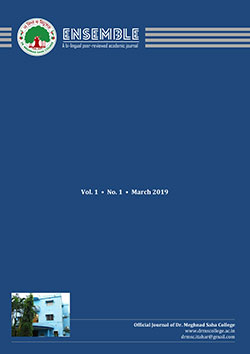DISCOURSE, COGNITION AND SOCIETY: CRITICAL DISCOURSE ANALYSIS OF THE STORY THAT MUST NOT BE TOLD
Abstract
The paper presents a critical discourse analysis of Kavery Nambisan’s The Story That Must Not Be Told based on Teun A.van Dijk’s discourse-cognition-society triangle approach. Kavery Nambisan, the South Indian writer is prominently known for her social themes and in that way, the novel explicates the abyss between haves and have-nots. Though the elite residents of Vaibhav apartments and the local workers of the slum Sitara are interdependent, the dominant’s root hatred for the vulnerable slum dwellers is highlighted. The emotions and opinions of the two different worlds divided by a single wall carry poignant episodes of the lifestyle of the elite as well as the existence of the poor with less basic needs. The discourse structures of the elite exhibit the power in controlling the slum dwellers, where the story further moves to the demolition of the slum and migration. The personal context of Simon to support the slum receives huge opposition from the apartment residents. Van Dijk brings forth the connection among discourse, cognition and society stating that cognitive perceptions influence the interpretation of discourse elements built within the social structures. Similarly, the paper attempts to portray how Simon, the protagonist’s motive to help the slum people failed due to the power of the dominion, class conflicts and varied perspectives.
Keywords: Conflict, Discourse, Domination, Elite, Kavery Nambisan, Power, Slum
https://doi.org/10.37948/ensemble-2020-0202-a004
Views: 2117



